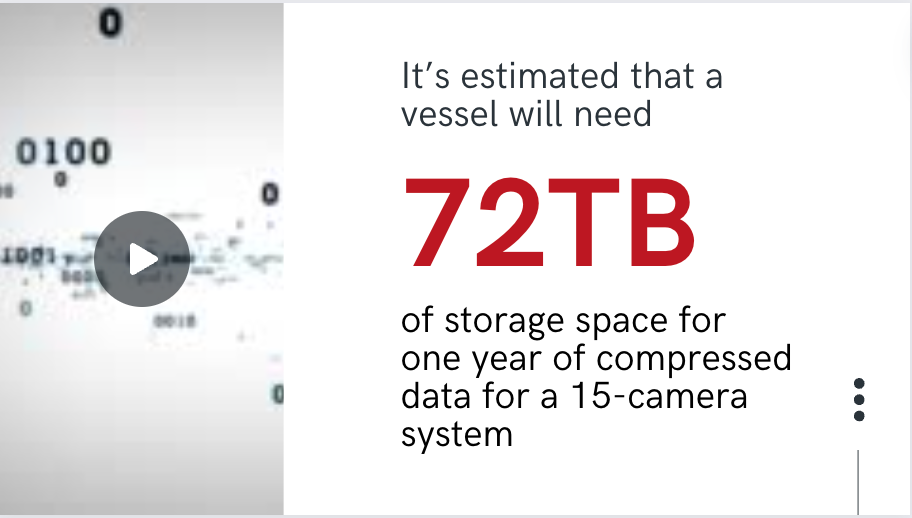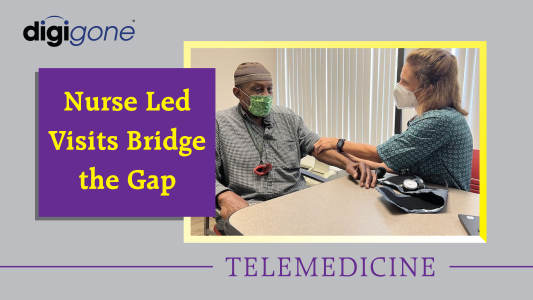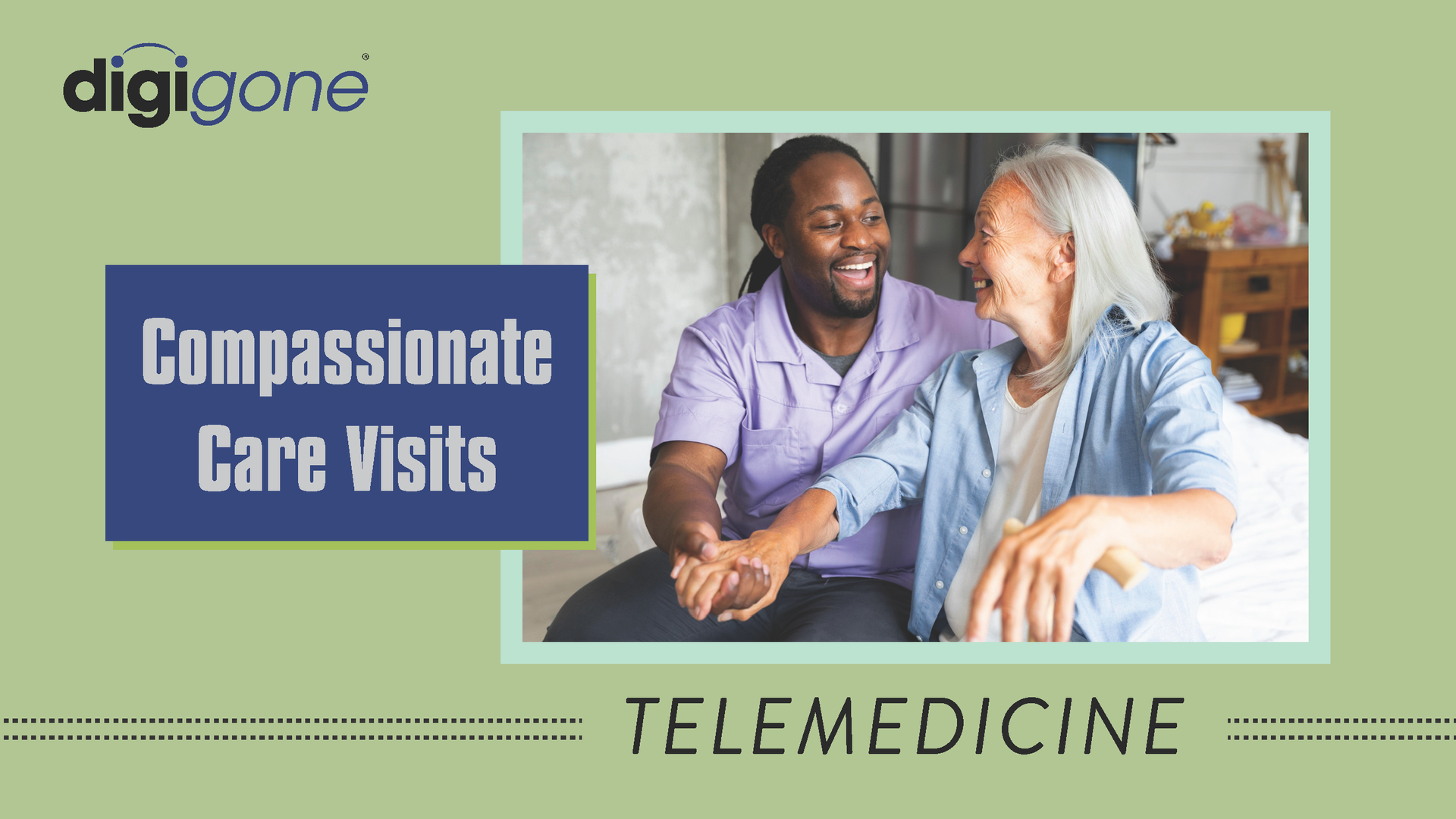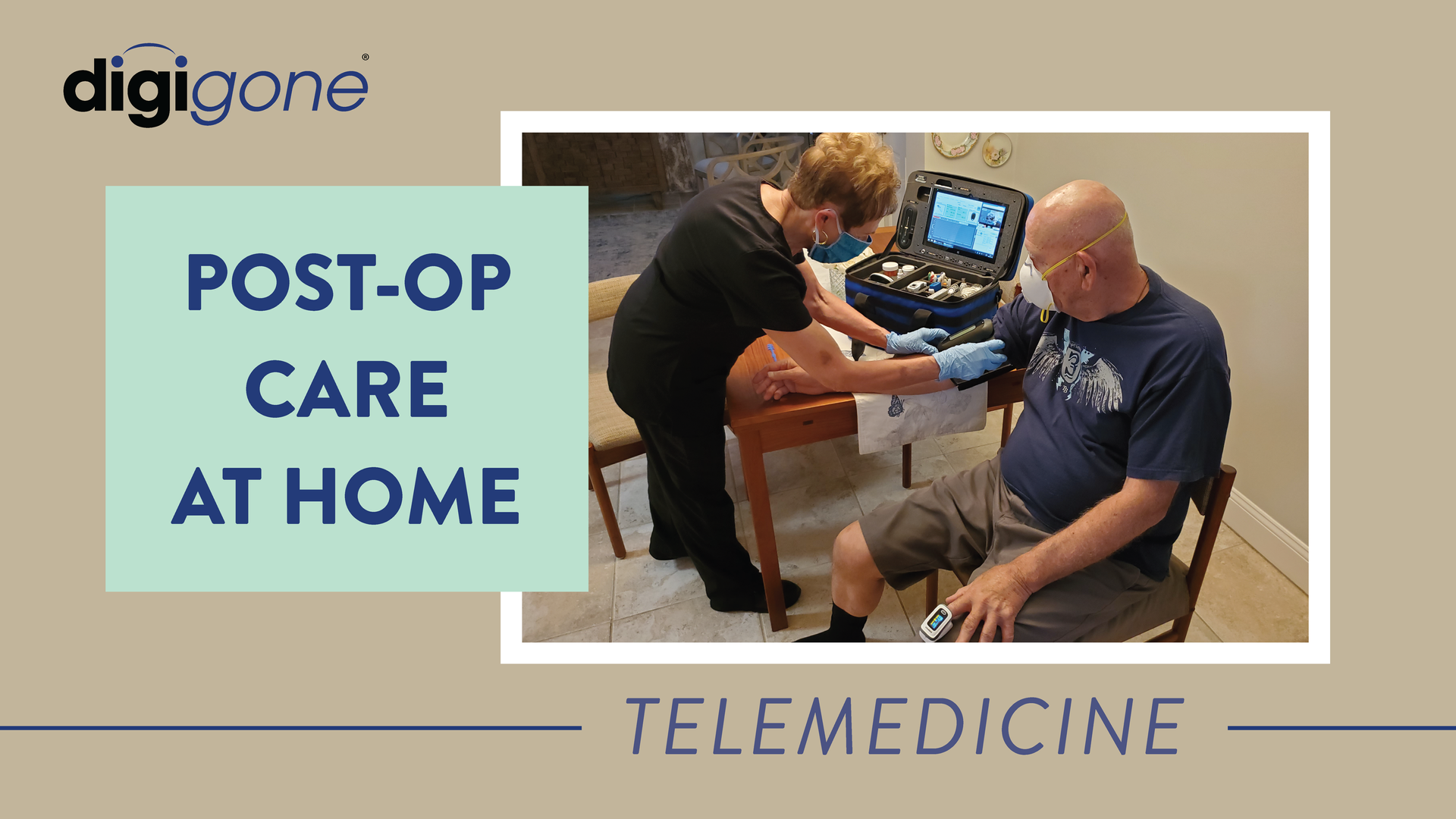The Coronavirus in Africa- Preventing a Widespread Outbreak
DigiGone • February 24, 2020
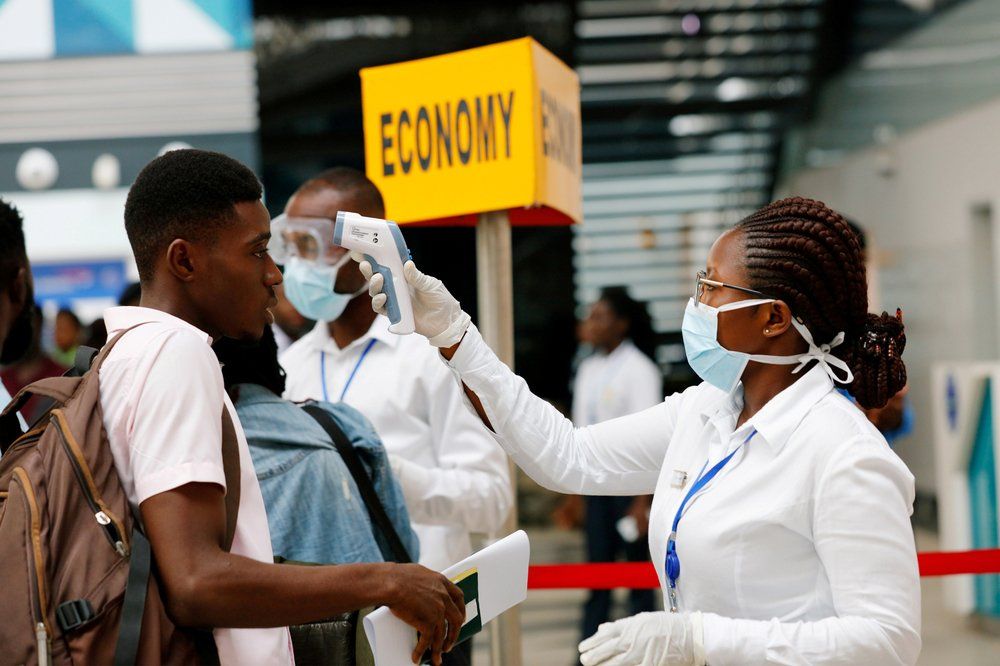
The Coronavirus in Africa: Preventing a Widespread Outbreak
Each year the World Health Organization (WHO) designates a list of pathogens it deems in need of urgent scientific research. In 2018, they added
a “Disease X” to the list, essentially warning of an unknown pathogen that could present a serious threat to public health.
Now, many in the scientific community are linking that fortuitous letter X with the coronavirus that has infected more than 75,000 people.
Coronavirus in Africa
There haven’t been many confirmed cases of coronavirus in Africa (as of late Feb. 2019), but officials are very worried about a broad outbreak and the devastating effect it could have on the continent. That concern stems from China and Africa’s robust trading partnership.
Michael Yao, WHO’s head of emergency operations in Africa, said limits in resources, laboratories for testing and hospital space for severe cases will exacerbate a widespread outbreak.
Yao said
if coronavirus does hit, it’s all hands on deck:
“If we have a scenario where we have a large number of cases, we want NGO partners to increase the capacity and to provide equipment like oxygen and respiratory machines. They have the ability to deploy treatment centres in a very short time.”
Telemedicine
As you can see, telemedicine could be instrumental in mitigating the spread of the coronavirus. A 2015 study
looked at the applications of telemedicine in epidemic-prone areas and concluded that telemedicine “has a high potential in improving epidemiological investigation, disease control and clinical case management.”
Some specific scenarios where telemedicine is vital includes:
• Asymptomatic individuals in epidemic-prone locations who can be monitored remotely, in semi-quarantined environments, diminishing risk of exposure.
• At-risk patients, like those who have been previously identified as having close contact with a sick patient, can also be monitored from a remote location while staying at home, in quarantine, for up to 14 days symptom-free.
• Symptomatic cases in areas where access to a hospital might involve an arduous journey – or the hospital is under quarantine – patients can be treated in a virtual walk-in clinic. Attending physicians can use telemedicine kits to monitor symptoms while staying in contact with authorities and each other to get the most severe cases to hospitals, as needed.
Coordination and Tracking
To that last point, telemedicine kits
allow for greater tracking and coordination across large, remote areas. With access to real-time clinical data doctors can make well-informed decisions for entire communities and potentially get a jump on emerging hotspots.
Expanding the Medical System
While prevention and early detection are ideal, officials in Africa have to look past that. They’re more concerned about the strain a major outbreak will have on the healthcare system, particularly the intensive care required for severe cases.
“I can tell you straight away the capacity to manage a large number of patients is not there in many African countries. We remain concerned. That’s why we are ensuring health systems are on high alert,” Yao said
mid-February.
With telemedicine kits, medical care providers can be dispatched to remote areas; a virtual walk-in clinic can be established anywhere, allowing for early diagnosis, prevention of greater outbreak and isolation as needed.
This could help free up large medical facilities to care for those that need to be hospitalized, while others stay in house quarantine with their symptoms monitored through telemedicine.

Telemedicine kits are becoming indispensable tools for home healthcare providers, particularly during transition care medical examinations (TCMs). While the initial TCM is conducted by a physician who generates revenue from the service, the telemedicine kit significantly benefits home healthcare providers by expediting patient registration for their care services. With a nurse or medical assistant deploying the kit, patients can be quickly evaluated and connected with a physician, ensuring all necessary documentation and approvals are completed more efficiently. This faster onboarding process allows home healthcare providers to register more patients in less time, helping them deliver care sooner and grow their services efficiently. The ability to “bring the doctor” to the patient through a telemedicine kit is invaluable in initiating care seamlessly. Once patients are on board, home healthcare providers can continue leveraging telemedicine technology to improve how they deliver services. The kits enable nurses and medical assistants to perform follow-up visits, diagnostics, and real-time consultations without requiring patients to leave their homes. This capability allows providers to optimize their schedules and visit more patients daily, all while maintaining a high standard of care. The efficiency gained means better coverage, smarter use of resources, and happier patients. Beyond efficiency, telemedicine kits help providers build stronger connections with their patients by making care more accessible and personalized. Providers can quickly respond to emerging health concerns, adjust care plans, and ensure ongoing monitoring—all from the patient’s home. This not only leads to better patient outcomes but also boosts the provider’s reputation for being reliable and innovative. By facilitating the registration of more patients and enhancing care once they are onboarded, telemedicine kits are powerful tools that enable home healthcare providers to expand their reach, improve operational efficiency, and thrive in an increasingly competitive market. In a rapidly evolving healthcare landscape, telemedicine kits are revolutionizing how home healthcare providers deliver care, enabling faster patient onboarding, enhanced service delivery, and stronger connections with patients. By integrating this indispensable technology, providers can streamline operations, improve patient outcomes, and position themselves as leaders in care innovation. Don’t miss the opportunity to elevate your home healthcare services. Explore how telemedicine kits can help you expand your reach, optimize your resources, and deliver exceptional care. Contact us today to learn more and take the next step toward transforming your care delivery model.

With the new Safer Seas Act, vessel companies must comply with many new regulations by the end of the year. One of those requirements includes audio equipment placed outside of hallways leading to staterooms, which DigiGone can help with. And while this may seem burdensome, these new rules will be good for vessel companies in the long run.



